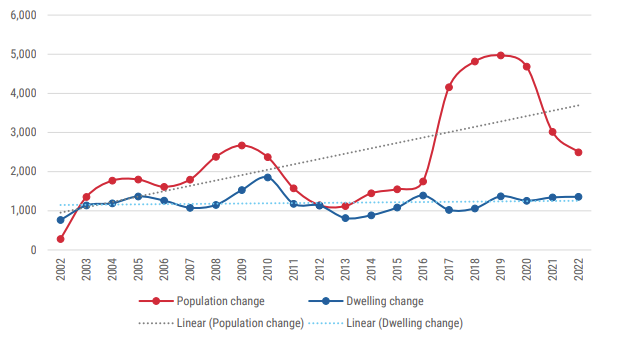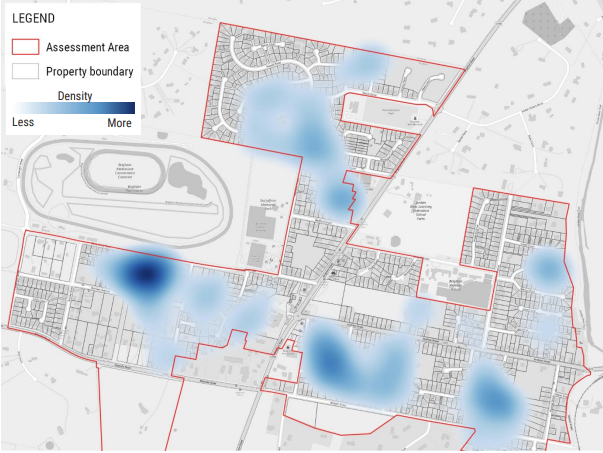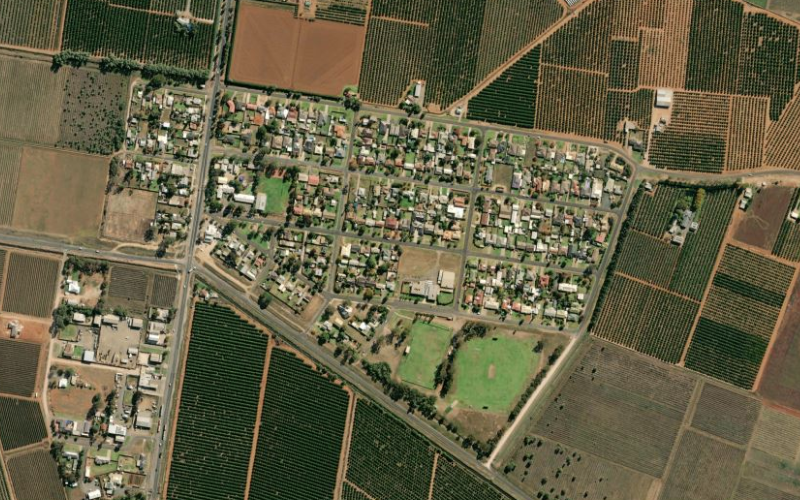Southern Regional Tasmania Residential Demand and Supply Study
Southern Tasmania is known for its natural beauty, mountains and valleys, hiking trails, the historic streets of Hobart, and the rugged coastlineDate
February 15, 2024

Southern Regional Tasmania Residential Demand and Supply Study
Population & Housing Forecasts, Strategy & EngagementBackground
The Southern Regional Tasmania (SRT) Residential Demand and Supply Study (RDSS) has combined the Outer Hobart Councils RDSS and the Southern Regional Areas RDSS to better align with the Southern Tasmania Regional Land Use Strategy (STRLUS) outer boundary. The local government areas in this project include Brighton, Central Highlands, Clarence (in part), Derwent Valley, Glamorgan Spring Bay, Huon Valley, Kingborough (in part), Sorell, Southern Midlands, and Tasman. The results of this project are intended to inform a review and update of STRLUS.
Project Goals
The purpose of this report is to provide a baseline analysis to understand the supply and demand of residential land across the SRT region. To gain this understanding, the project has investigated the supply issues, trends in housing supply, estimates of current and future land supply, unconstrained forecasts for population and dwellings until 2046, and estimated timelines for current supply to be exhausted.
This report also aims to provide a quantitative and qualitative evidence base that will identify key issues relevant to residential supply and demand as well as establishing the level of variation and differentiation that exists across the region.
REMPLAN’s Involvement
REMPLAN supports the Tasmanian Government’s State Planning Office by conducting this project to understand the supply and demand of land and housing across the study area. This project also informs policy and strategy, including a review of the Urban Growth Boundary and the outer Hobart settlement growth strategies in the STRLUS and to support planning scheme amendments. REMPLAN will use its inhouse software system to assess the supply and demand.
Results
This analysis determined that Brighton and some smaller towns within Glamorgan Spring Bay, Southern Midlands, and Huon Valley include land that has the potential to be re-subdivided and additional vacant lots created. However, this requires the property economics to be favourable, and landowners to be willing to invest in subdivision or divest their property to someone who is. The unpredictability of this small-scale market-driven property development sector adds to the level of uncertainty, which means this land supply category cannot be relied on consistently.
There are also some areas where new supply does not appear to be possible or desirable. While this project does not comment on this issue in detail, it should be remembered that just because there is demand forecast, it does not mean that supply must be created to meet it. High demand and low supply can be the driver of change and innovation, which may have been the case in Brighton, where higher levels of medium density and villa unit construction has proven to be popular, or in Midway Point, where new lot sizes are the smallest in the SRT region but are selling fast.








